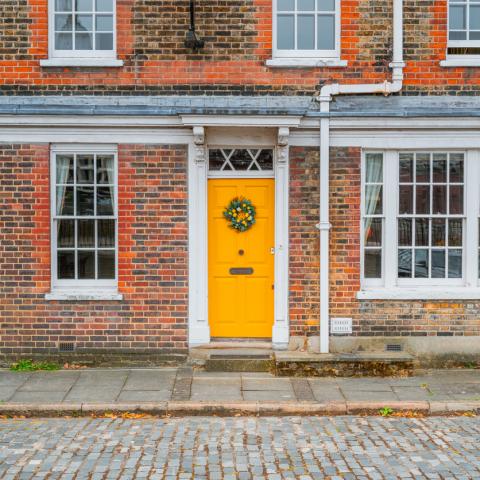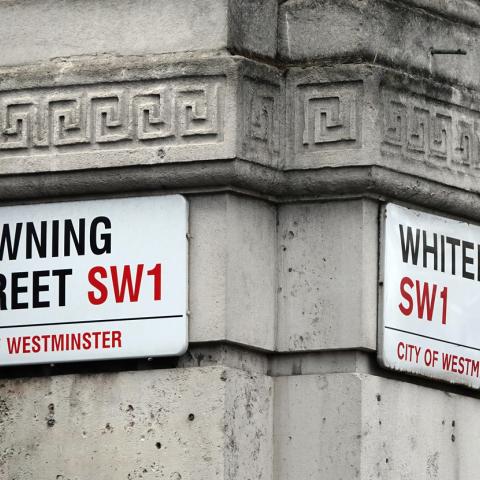Lib Dems: In coalition again?

While national headlines focus on the battle between the Conservatives and Labour, the Liberal Democrats and several local parties are gearing up to do further damage to the South East’s ‘blue belt’ this May.
In areas where voting Labour is still a step too far, smaller parties such as The Tunbridge Wells Alliance, the Loughton Residents Association, the Oxted and Limpsfield Residents Group, along with the more familiar Liberal Democrats, look set to increase their presence in boroughs across East Sussex, Essex, Surrey, Kent, Berkshire, and Hertfordshire.
For councils in the South East that will elect all seats in May following boundary changes, the decline of the once mighty home counties Conservatives may be easy to predict but the picture of who takes control instead is far more fragmented. The Liberal Democrats, who launched their local election campaign in Harpenden in Hertfordshire, gained 400 council seats across the country in 2023. No doubt that Ed Davey will be expecting to increase control of former blue wall boroughs this year too. However, though the Liberal Democrats are often in minority control or running second to the Conservatives in these areas, a closer look reveals numerous independents and local parties emerging as contenders for the ‘anyone except the Tories or Labour’ vote or as possible coalition partners.
For example, in Tunbridge Wells, the Liberal Democrats have led a coalition since 2022 consisting of 17 Lib Dems, 11 from the Tunbridge Wells Alliance, 8 Labour and an independent. For the Lib Dems, so far so good, except the Tunbridge Wells Alliance, only formed in 2018, took the same percentage of seats as them at elections last year and looks set to take more this time – alongside Independents for Rural Tunbridge Wells and Independents for Tunbridge Wells also on the ballot paper.
Maidstone’s Conservatives have 27 seats, 1 seat short of a majority and the Liberal Democrats look likely to be the kingmakers after May 2nd. Here the Lib Dems currently have just one more seat than the 11 held by independent councillors. These independents confusingly are divided into separate groups: two ‘Fant and Oakwood Independents’, six in the ‘independent group’, and a ‘green independent alliance’ that sits with three Green party councillors in coalition with the Conservative council. Whoever out of the Lib Dems or Conservatives can get enough independents to join them will likely have minority control of the council after May.
Unusual groupings, such as between Greens and Conservatives, are often born out of local concerns around overdevelopment and this looks set to become a mainstay in former blue wall politics as ‘no overall control’ coalitions become more likely. Local parties such as the Tunbridge Wells Alliance claim to be ‘completely free of any national party politics’ and willing to work with anyone possessing the aims of improving council finances and improving Local Plans – though in practice these are far less apolitical challenges than made out.
Take Tandridge Borough Council, for example. Currently controlled by a Resident’s Alliance, its Local Plan was declared ‘unsound’ by the Planning Inspectorate earlier this year after a six-year examination.
With the Liberal Democrats currently holding 11 seats in opposition, the party has been keen to carve out a middle ground for themselves - a trusted local ally (unlike the Conservatives) while providing the stability that independents can’t offer. Commenting on the Local Plan, the leader of the Tandridge Lib Dems stated:
‘The old Conservative administration got us into this mess, but the Residents’ Alliance showed extreme naivety in thinking they could get round the Inspector by keeping the bits of the plan they liked and binning the rest. Obviously, that has failed. The whole process has been a disaster.’
As local councils come under increasing financial strain and more difficult decisions have to be made, it will be interesting to see if voters in these areas return to the relative stability of a national political party. If so, the Liberal Democrats look set to make good ground this time around.









